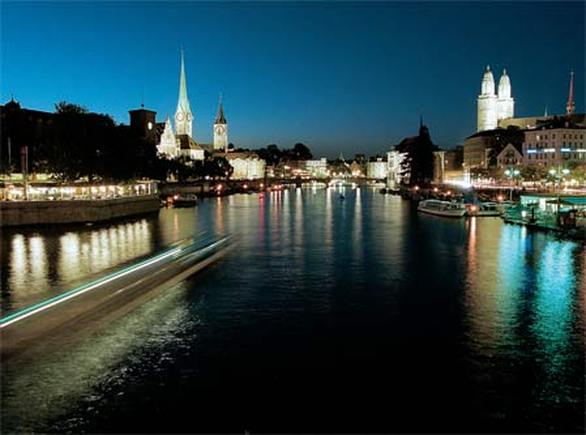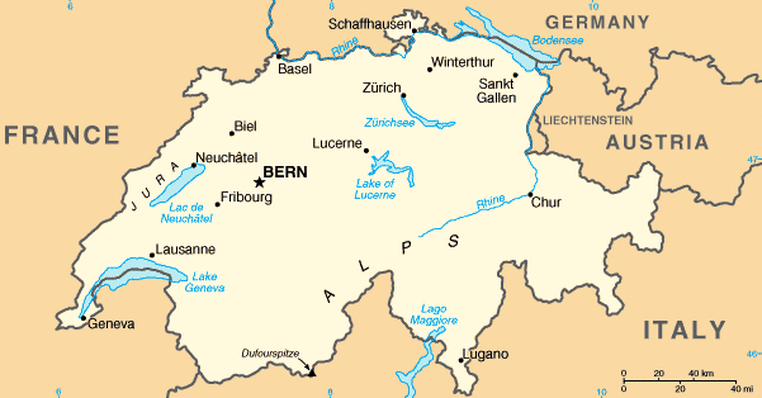Settlement Patterns
Switzerland has had a wide range of settlement areas since the beginning of its history. They started out in small communities of hunters and gatherers in lowlands north of the Alps during the Paleolithic Period. These communities grew bigger as they met up and interlocked with each other and the area became heavily dense during the Neolithic Period, Throughout the ages, Switzerland became more dependant on agriculture, moving to areas with more suitable land for planting and growing seeds.
Nowadays, most of the largest cities in Switzerland started out as small rural or urban communities sometime in their history. Rural communities developed around valley plains, such as the Rheinwald, Poshiavo, and Urseren Valleys, that were able to sustain intensive farming and domestication. Sometimes they also formed around the parallel relief of the Jura and the Alps and the term for these kinds of settlements was "Alpine Nomadism". Requirements for communes were a pasture for food for animals, a forest for lumber, fertile soil for farming, and a water source for everyday necessities. Urban cities often began around monasteries and Roman settlements or along small deltas, lakes, and river complexes, such as Fribourg which was formed on a strategic river crossing. Many other cities also settled along low traffic mountainous barriers around the Alps and Jura. These locations frequently formed some of the largest modern cities in Switzerland such as Zurich, Basel, Geneva, Lusuanne, Winterthur, St. Gallen, Lucerne, and even its capital Bern. (Britannica)
Nowadays, most of the largest cities in Switzerland started out as small rural or urban communities sometime in their history. Rural communities developed around valley plains, such as the Rheinwald, Poshiavo, and Urseren Valleys, that were able to sustain intensive farming and domestication. Sometimes they also formed around the parallel relief of the Jura and the Alps and the term for these kinds of settlements was "Alpine Nomadism". Requirements for communes were a pasture for food for animals, a forest for lumber, fertile soil for farming, and a water source for everyday necessities. Urban cities often began around monasteries and Roman settlements or along small deltas, lakes, and river complexes, such as Fribourg which was formed on a strategic river crossing. Many other cities also settled along low traffic mountainous barriers around the Alps and Jura. These locations frequently formed some of the largest modern cities in Switzerland such as Zurich, Basel, Geneva, Lusuanne, Winterthur, St. Gallen, Lucerne, and even its capital Bern. (Britannica)


